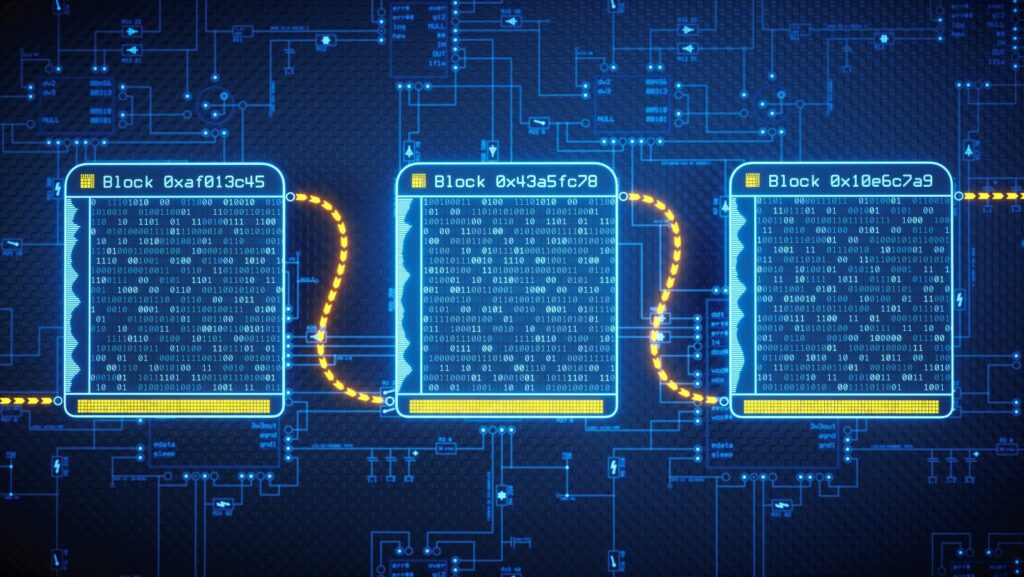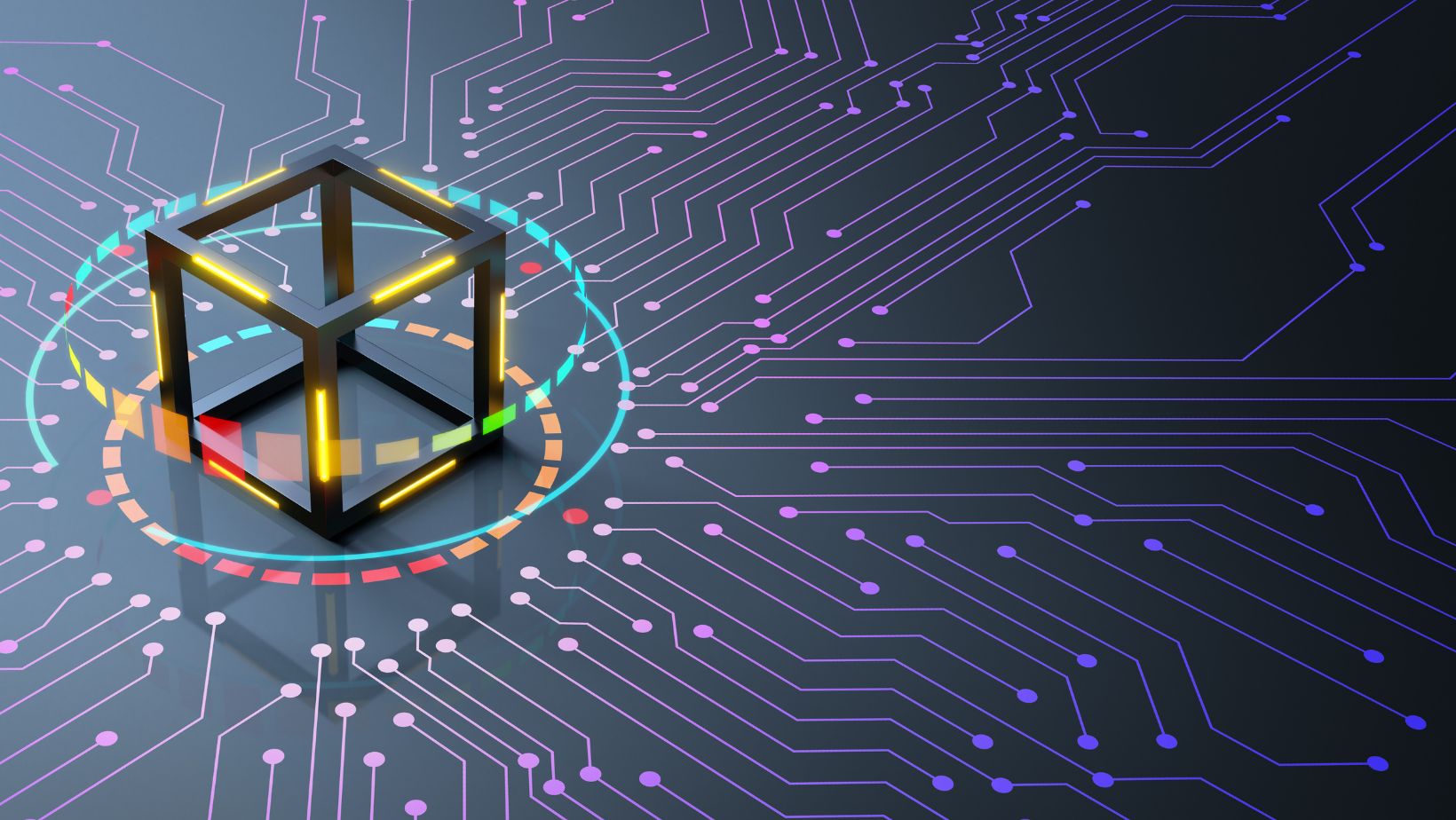Blockchain has been hailed as a revolutionary technology, and for good reason. With the ability to create a secure, decentralized ledger of transactions, blockchain has the potential to disrupt a number of industries.
However, there is often confusion between blockchain andbitcoin. While both are based on distributed ledger technology, they are not the same thing. Bitcoin is a cryptocurrency that uses blockchain technology to record transactions. Blockchain, on the other hand, is the underlying distributed ledger technology that powers Bitcoin and other

What is Blockchain?
A blockchain is a digital ledger of all cryptocurrency transactions. It is constantly growing as “completed” blocks are added to it with a new set of recordings. Each block contains a cryptographic hash of the previous block, a timestamp, and transaction data. Bitcoin nodes use the block chain to differentiate legitimate Bitcoin transactions from attempts to re-spend coins that have already been spent elsewhere.
What is Bitcoin?
Bitcoin is a decentralized form of digital cash that allows users to transact without the need for a third party like a bank or financial institution. Bitcoin is the first implementation of blockchain technology.
What are The Benefits of Blockchain?
The first and most obvious benefit of blockchain is that it supports cryptocurrency transactions.
Blockchain also has the potential to speed up transaction processing time and reduce transaction costs. By eliminating the need for intermediaries, blockchain-based transactions can be processed more quickly and cheaply.
Another benefit of blockchain is that it is highly secure. Because each block in a blockchain is connected to the blocks before and after it, it is very difficult to alter or delete data in a blockchain. This makes blockchain an attractive option for storing sensitive data.
Finally, blockchain has the potential to create new economic opportunities. For example, blockchain could be used to create new types of decentralized applications (dapps). Dapps are applications that run on a decentralized network, such as a blockchain. By using blockchain, dapps can be created that are not controlled by any single entity. This could open up new ways for people to interact with each other and conduct business.
How does Blockchain work?
Blockchain technology is a way of managing data that is distributed across a network of computers, rather than being stored in a central location. This decentralised approach has many advantages, including increased security and transparency.
When a transaction is made, it is added as a ‘block’ to the blockchain. This block contains information about the transaction, such as the parties involved and the amount traded. Each block is connected to the previous block, forming a ‘chain’. The chain of blocks can be used to track all past transactions made on the network.
The data stored in the blockchain is public and transparent. This means that anyone can see all transactions that have taken place. However, the identities of the parties involved are kept confidential. Blockchain technology is therefore incredibly secure, as well as being tamper-proof and unchangeable.
Blockchain technology has many potential applications beyond cryptocurrency trading. For example, it could be used to manage supply chains, voting systems or medical records.
What is The Difference Between Blockchain and Bitcoin?
Bitcoin is a cryptocurrency and a payment system, first proposed by an anonymous person or group of people under the name Satoshi Nakamoto in 2008.
Blockchain is the underlying technology that powers Bitcoin and other cryptocurrencies. It is a distributed database that maintains a record of all transactions made on the network.
Applications of Blockchain
Blockchain technology has the potential to revolutionize many different industries, ranging from banking and finance to healthcare and supply chain management. Let’s take a look at some of the most promising applications of blockchain technology.
Banking and Finance
The banking and finance industry is one of the early adopters of blockchain technology. Banks are using blockchain to streamline processes, reduce costs, and increase security. For example, banks can use blockchain to securely store customer data, process transactions more efficiently, and prevent fraud.

Healthcare
Blockchain can also be used in healthcare to improve patient care and data security. For example, hospitals can use blockchain to share patient medical records securely between different departments, or to track the movement of medical supplies. Blockchain can also be used to create tamper-proof patient identities, which can help reduce medical errors.
Supply Chain Management
Another promising application of blockchain is in supply chain management. Blockchain can be used to track the movement of goods throughout the supply chain, from manufacture to delivery. This information can be used to improve efficiency, identify bottlenecks, and prevent fraud.
Blockchain vs. Bitcoin
Blockchain is the underlying technology powering Bitcoin. While often associated with cryptocurrency, blockchain has a range of potential applications far beyond digital currencies. With its ability to securely and transparently record transactions, blockchain could potentially be used to streamline a wide variety of business processes.
While the full potential of blockchain is still being explored, there are a number of ways it could potentially be used in the future. Here are just a few examples:
- Secure data storage: Blockchain’s decentralized nature makes it well-suited for storing sensitive data. By spreading this data across a network of computers, it becomes much more difficult for hackers to access it.
- Tamper-proof records: Blockchain’s immutable ledger means that once something is recorded on the blockchain, it cannot be altered. This could potentially be used to create tamper-proof records for everything from financial transactions to medical data.
- Streamlined supply chain management: The traceability afforded by blockchain could potentially be used to streamline supply chains and make them more efficient. For example, Walmart is already using blockchain to track the movement of food products through its supply chain.
- Reduced fraud: Blockchain’s transparency makes it very difficult for fraudsters to tamper with transaction data. This could potentially be used to reduce instances of fraud in a wide range of industries, from banking to insurance.
The above are just some examples of how blockchain might be used in the future. As the technology continues to develop, we are likely to see even more innovative applications for this transformative technology.
